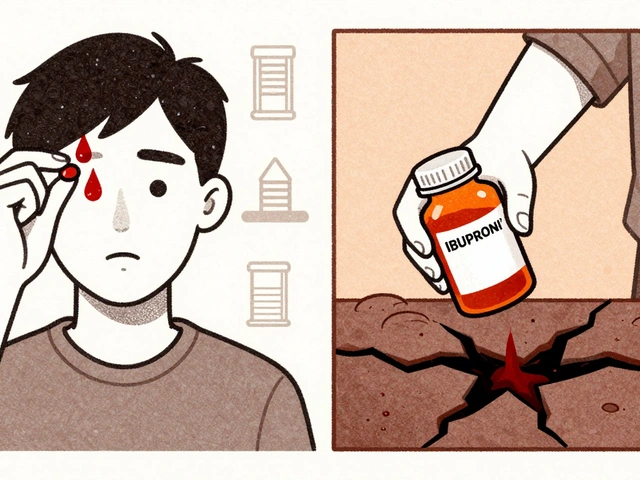Nitrofurantoin: What It Is, How It Works, and What Alternatives Exist
When you have a nitrofurantoin, a targeted antibiotic used almost exclusively for urinary tract infections. Also known as Furadantin, it works by killing bacteria in the bladder and urethra before they spread to the kidneys. Unlike broad-spectrum antibiotics, nitrofurantoin stays mostly in the urine, which makes it one of the safest choices for simple bladder infections.
Nitrofurantoin is often the first go-to for uncomplicated UTIs, especially in women. It’s cheap, effective, and doesn’t mess with your gut bacteria like some other antibiotics do. But it’s not for everyone. If you have kidney problems, it won’t work well because your body can’t concentrate it in the urine like it should. And if you’re pregnant in the last few weeks before delivery, your doctor will skip it — it can affect the baby’s red blood cells. People over 65 or with nerve issues also need to be careful, since it can rarely cause nerve damage.
When nitrofurantoin isn’t the right fit, other options pop up. trimethoprim-sulfamethoxazole, a common combination antibiotic often used for UTIs is a top alternative, especially where resistance to nitrofurantoin is low. fosfomycin, a single-dose antibiotic that flushes out the infection quickly is another choice for people who can’t take pills over several days. And if you’ve had recurring UTIs, your doctor might look at cephalexin, a broader antibiotic sometimes used when other options fail. Each has pros and cons — cost, side effects, dosing, and resistance patterns all matter.
You’ll find posts here that compare nitrofurantoin to other antibiotics like chloramphenicol and topical treatments, so you can see how they stack up in real use. Some articles dig into why certain drugs work better for certain people — like how age, kidney function, or previous infections change the game. Others look at what happens when antibiotics fail, or how to spot if your UTI is getting worse. There’s no fluff here — just straight talk on what works, what doesn’t, and why.

- Oct 16, 2025
- Posted by Cillian Osterfield
Nitrofurantoin and Thyroid Disorders: Essential Facts
Learn how nitrofurantoin may affect thyroid health, who is at risk, and what monitoring steps can keep you safe while treating a urinary tract infection.
Categories
- Health and Wellness (57)
- Medications (38)
- Health and Medicine (22)
- Pharmacy Services (10)
- Mental Health (5)
- Health and Career (2)
- Medical Research (2)
- Business and Finance (2)
- Health Information (1)
Latest Posts
©2025 heydoctor.su. All rights reserved





